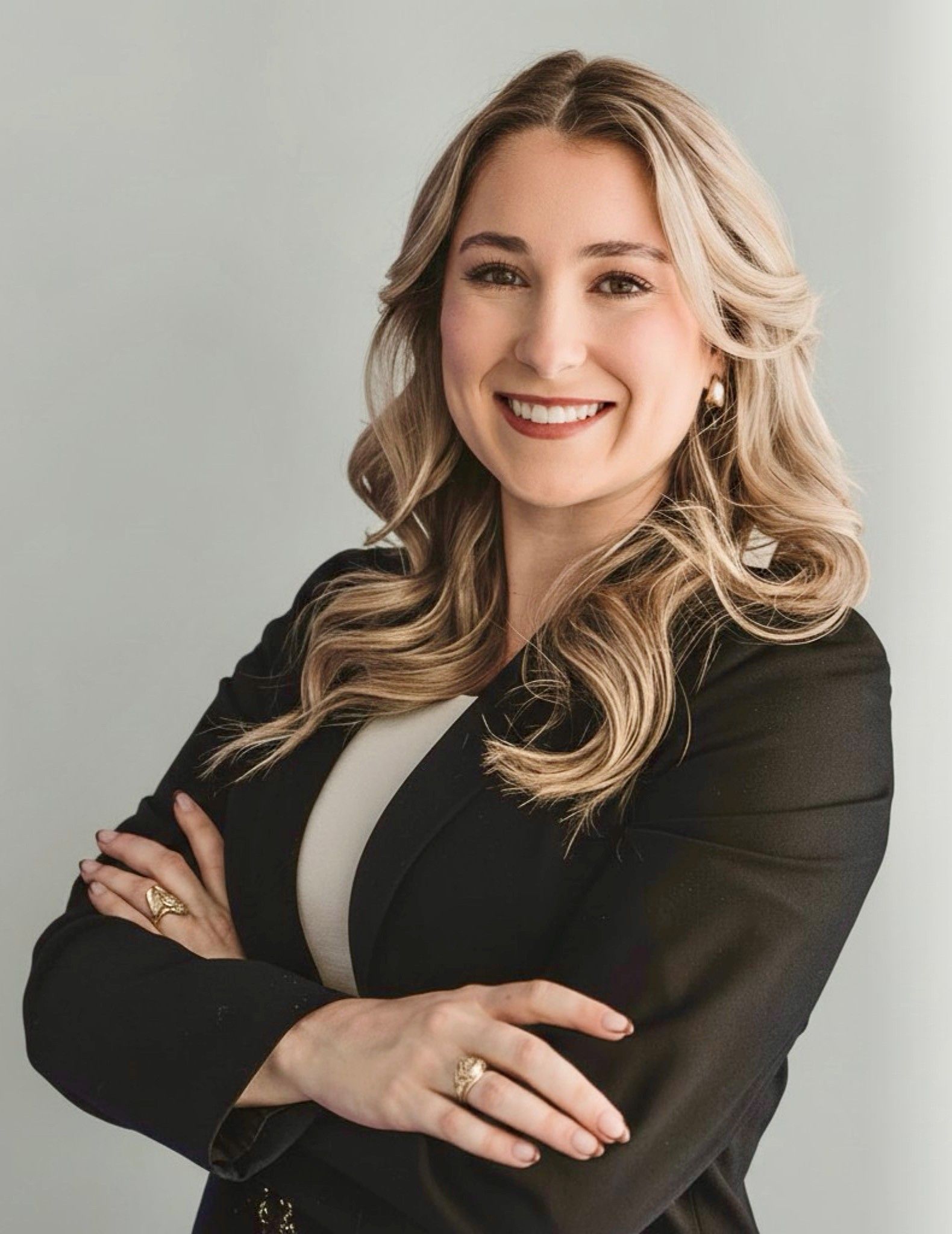SOFTWARE AGREEMENTS AND SAAS AGREEMENTS TEXAS
Software license agreements, development agreements and distribution agreements are drafted and negotiated by experienced software attorneys.
DRAFTING SOFTWARE AGREEMENTS
What Are Software Development Agreements?
Software Development Agreements (SDA) are extremely important to create prior to developing any software. These software agreements, at a minimum, need to be clear on the scope of the software to be developed, the ownership of the developed code, and any software rights reserved by the developer. A well drafted software development agreement not only helps minimize misunderstandings of the parties involved but it also avoids costly and unnecessary litigation disputes. Our software attorneys have experience in programming software and, having such experience, are uniquely qualified to draft, develop and negotiate software development contracts that clearly identify the software being created and the rights being protected.
Negotiating A Software Development Agreement
It is important to draft and negotiate a software development agreement before commencing any development work. Software development agreements ensure the following:
- The orderly transfer of copyright in and to the software from the developer to the company (i.e. the “work made for hire” doctrine);
- Procedures for resolving disputes, such as arbitration or mediation; and
- Any other specific software rights and/or reservations necessary between the parties (i.e. use of background-technology or pre-developed code, which may want to be owned by the developer but licensed to the company).
Other important areas to be negotiated in a software development agreement include a detailed statement of work for the software deliverable, the timeline for software deliverable, the amount to be paid for all deliverables (including milestone payments), and any performance warranties or warranties for a particular purpose to ensure the software is developed per the statement of work. Whether you are a software development company, or a company who is outsourcing the software development work, our attorneys can protect your rights in and to your software development.
What Is A Software As A Service (SaaS) Agreement?
A SaaS agreement is an agreement between a service provider and a customer that sets out the provision and delivery of software services to those customers through the internet. Most SaaS software is licensed on a subscription basis and hosted through a portal which is accessible through the internet. The customer never received software but rather receives an access right to use the software through that portal or "cloud". In the event the SaaS allows the customer to access documents or download materials, then a licensed right to use such documents and downloads will be included in the SaaS Agreement. Generally, a customer will never receive or install software relating to the SaaS product.
Additional Software Agreement Focus
When Is A Hand-Shake Not Good Enough?
While it is generally never a good practice for a company or person to rely on a handshake or a written message to procure or develop software from a third party, ultimately disputes arising from misunderstanding can be avoided if a software development agreement is executed very early in the process. Once the developer generates source code, it is important that the software owner and software developer clarify and memorialize who will own the software, who may use the software, and what rights of the developer and the software owner are to be retained. If the software developer may not reuse or sell the software, then the software license agreement needs to be very clear as to source code reuse and resell. Whether you are a company hiring a programmer, or the programmer working with a company, our software attorneys can help you create a software development agreement that meets and exceeds your needs.
What To Include In A Software As A Service (SaaS) Agreement?
A SaaS agreement is an agreement between a service provider and a customer that sets out the provision and delivery of software services through cloud hosting accessible through the internet. SaaS agreements differ from standard software licensing agreements because they do not involve the installation or download of software. It is reasonable for customers to expect that any SaaS application will work at least to the same degree as any locally installed software would work on a customer's personal computers; therefore, SaaS service providers must offer up-time service level commitments designed to support a customer. This support reassures the customer that his or her business won't be significantly impaired by using hosted software. An SaaS service only works if a customer can consistently rely on it. Customary items to be considered in a SaaS Agreement, include the following:
- SaaS customarily hosted in the cloud by SaaS Provider;
- No license grant to software, only right of access to use service;
- Some licenses for downloaded documents or downloaded materials;
- Subscription based service for a period monthly or yearly fee;
- Service level commitment for service up-time;
- Data customarily hosted by SaaS Provider within service and not by customer; and
- IP owned by the SaaS Provider, however customer owns their data.
CLIENT MATTERS
5,000+
YEARS OF SERVICE
25+
Award Winning
Recognized in the legal industry as dedicated board-certified lawyers and Rising Stars.
Expert Team
Your project will be handled by legal experts every time. You will have the most experienced attorneys working for you.
Quality Representation











